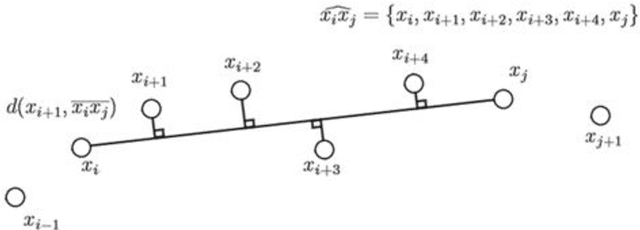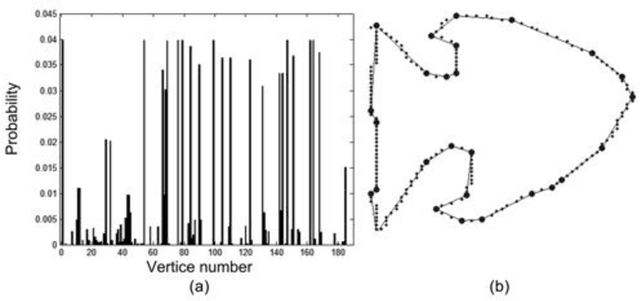André Ricardo Backes
Productivity profile of CNPq scholarship researchers in computer science from 2017 to 2021
Jul 19, 2024



Abstract:Productivity in Research (PQ) is a scholarship granted by CNPq (Brazilian National Council for Scientific and Technological Development). This scholarship aims to recognize a few selected faculty researchers for their scientific production, outstanding technology and innovation in their respective areas of knowledge. In the present study, we evaluated the scientific production of the 185 researchers in the Computer Science area granted with PQ scholarship in the last PQ selection notice. To evaluate the productivity of each professor, we considered papers published in scientific journals and conferences (complete works) in a five years period (from 2017 to 2021). We analyzed the productivity in terms of both quantity and quality. We also evaluated its distribution over the country, universities and research facilities, as well as, the co-authorship network produced.
Contour polygonal approximation using shortest path in networks
Nov 18, 2013



Abstract:Contour polygonal approximation is a simplified representation of a contour by line segments, so that the main characteristics of the contour remain in a small number of line segments. This paper presents a novel method for polygonal approximation based on the Complex Networks theory. We convert each point of the contour into a vertex, so that we model a regular network. Then we transform this network into a Small-World Complex Network by applying some transformations over its edges. By analyzing of network properties, especially the geodesic path, we compute the polygonal approximation. The paper presents the main characteristics of the method, as well as its functionality. We evaluate the proposed method using benchmark contours, and compare its results with other polygonal approximation methods.
Fractal and Multi-Scale Fractal Dimension analysis: a comparative study of Bouligand-Minkowski method
Jan 16, 2012



Abstract:Shape is one of the most important visual attributes to characterize objects, playing a important role in pattern recognition. There are various approaches to extract relevant information of a shape. An approach widely used in shape analysis is the complexity, and Fractal Dimension and Multi-Scale Fractal Dimension are both well-known methodologies to estimate it. This papers presents a comparative study between Fractal Dimension and Multi-Scale Fractal Dimension in a shape analysis context. Through experimental comparison using a shape database previously classified, both methods are compared. Different parameters configuration of each method are considered and a discussion about the results of each method is also presented.
 Add to Chrome
Add to Chrome Add to Firefox
Add to Firefox Add to Edge
Add to Edge